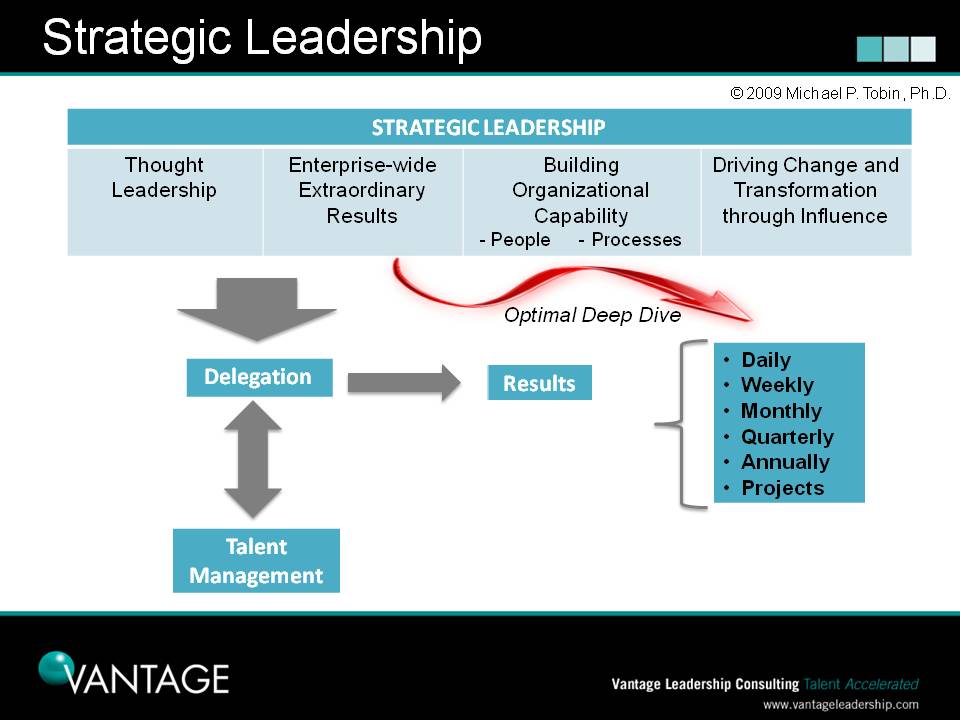Somewhere about 10,000 years ago, some Ancient Leader invented delegation in order to get a large set of tasks done that he couldn’t do himself. It must have been quite a breakthrough at the time. Probably spread like wildfire throughout the Cradle of Civilization. After a few millennia of beta testing and development, delegation made possible the building of the pyramids and eventually enabled the construction of those amazing European cathedrals. I’m sure it was a big hit during the Industrial Revolution. Then, remarkably, about 9,990 years after it first debuted in the Middle East—during the last decade of the 20th century, many years after Peter Drucker’s original work on management—something began to dawn on American business leaders. (Something that military leaders had known for quite awhile.) Scholars and business leaders alike “suddenly” realized that delegation is not only valuable for getting stuff done on a large scale (like going to battle or running a business), it is also the most powerful means for developing leaders.
At Vantage Leadership Consulting, we have a model of strategic leadership (below). We also have the privilege of assessing and coaching talented business leaders in a variety of industries across the globe. We are often asked to help companies determine whether talented Leader A can take on greater leadership responsibility; i.e., does she have the “runway” or “bandwidth” to lead at the next level in the organization? Moreover, as executive coaches, we are frequently tasked with accelerating the readiness of Leader A to succeed at her next job.
The Strategic Leadership Model reflects our understanding of the real jobs of big leaders. Almost without exception, strategic leaders are paid to create value for the stakeholders of their company by focusing on the the four big leadership competencies at the top of the model: Thought Leadership, Enterprise-wide Extraordinary Results, Building Organizational Capability (in people and processes), and Driving Change/Transformation through influence.
The problem as we see it is that big leaders seldom do their jobs. They don’t have the time. Rather, they spend an inordinate amount of time doing the jobs of their direct reports: delivering results for the month, the quarter, the project, etc. After all, if they don’t deliver, they fail—and so does the company.
As the model demonstrates, we believe that delegation is truly central to strategic leadership. It is the only way that leaders can ensure consistent delivery of results while moving the organization forward. Thought leadership (strategic, innovative, competitive); building organizational capability (i.e., sustainability); and driving change through influence—these things take time. And who’s got time?
Delegation is one of the few tools available to managers which actually creates time. We believe that free time should be invested in the strategic behaviors at the top of our model, where leaders really create value and shape the future of the business.
For Leader A then, her capacity to succeed at the next level depends to a large degree on her ability to delegate results to a great team. Delegation is not only an accelerator to her team members’ development, but also her own—creating time for thought leadership and influence. If we found that she already had a strong repertoire of talent management and delegation, it would be easy to predict that she could succeed at the next level. More often than not, however, we find that learning such an effective repertoire is a critical step in the development of many high potential talents. In this way, delegation provides a useful lens for assessing a leader’s “runway” and for identifying key areas for her development.


